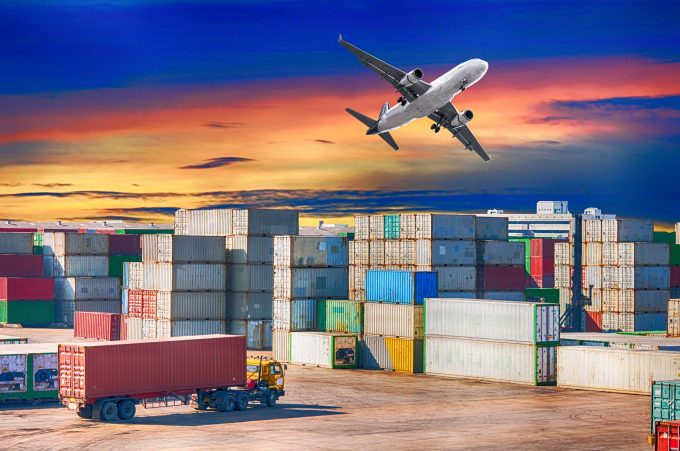E-commerce traffic surge raises airfreight capacity concerns
Faced with uncertain economic indicators, most forwarders have backed away from capacity commitments and kept ...

US forwarders are complaining of a lack of effort to improve supply chain resilience to prepare for a surge in traffic.
Cargo flows are fairly smooth, but forwarders are concerned that a spike in volumes will overwhelm the system again, and plunge the industry into a repeat of the congestion seen between late 2020 and spring last year.
According to the Institute for Supply Management, supplier delivery performance improved in April for the seventh month in a row, to reach its best level since March 2009, a reflection that cargo encountered none of the major bottlenecks that ensnared traffic 18 months ago.
Nevertheless, there are reminders. Bob Imbriani, EVP international of forwarder Team Worldwide, reported there were still issues with drayage, rail transport and technology.
“These problems have not gone away,” he said. “We still see some difficulty moving by rail and getting trucks for drayage.”
Indeed, drayage operators and forwarders report that the supply of chassis remains tight, which gives cause for concern of congestion when volumes surge.
Mr Imbriani said the industry had not done enough to address the issues that caused the congestion of 2021/22. The smoother flows today were a reflection of less volume in the system, not the result of improved infrastructure or processes, he warned.
“What is everybody doing to prepare for an increase in volume?” he asked. He sees a lack of investment, likely the result of concerns that the current weakness in demand could last, extending the time for return on investment.
In recent months, several Class I railways have signalled their intention to improve service and invest in their performance. However, their efforts to bring up staffing levels – diagnosed as a key factor in their poor operational performance record – have not been very successful.
Mr Imbriani also sees the risk of lengthy delays at airports coming back. Moreover, the increased deployment of cargo flights during the pandemic shifted traffic from the major passenger hubs to uncongested all-cargo airports. The passenger resurgence and the downward pressure on airfreight rates and yields has been shifting freight back to the original gateways, stretching wait times for truckers at airports.
Greg Weigel, chief business officer of AIT, is not worried about potential bottlenecks at the ports. He said: “There has been a shift towards diversification by using more gateways rather than just funnelling inbound freight into the popular US west coast ports. And, of course, demand remains much lower than normal.”
The near-term outlook is somewhat reassuring, as import projections point to a late and relatively moderate peak season this year. But, said Brian Bourke, chief commercial officer of Seko Logistics: “It doesn’t take much to tip the scales.”
Comment on this article